My expectations of the Miller Brewery tour were decidedly low in terms of beer appreciation and process. Where else can you see a historical timeline that includes Sparks? I mean, let’s be honest, this is a factory, not a brewery in any meaningful sense. But getting to see a beer factory the size of Miller has its own appeal, and I was excited to get a good look.
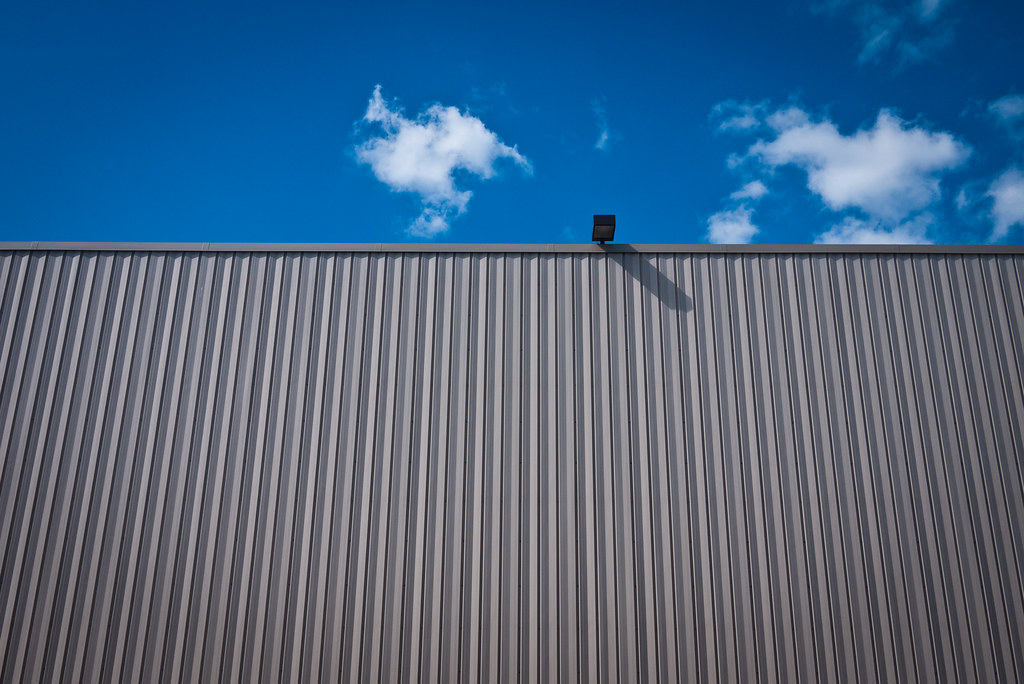
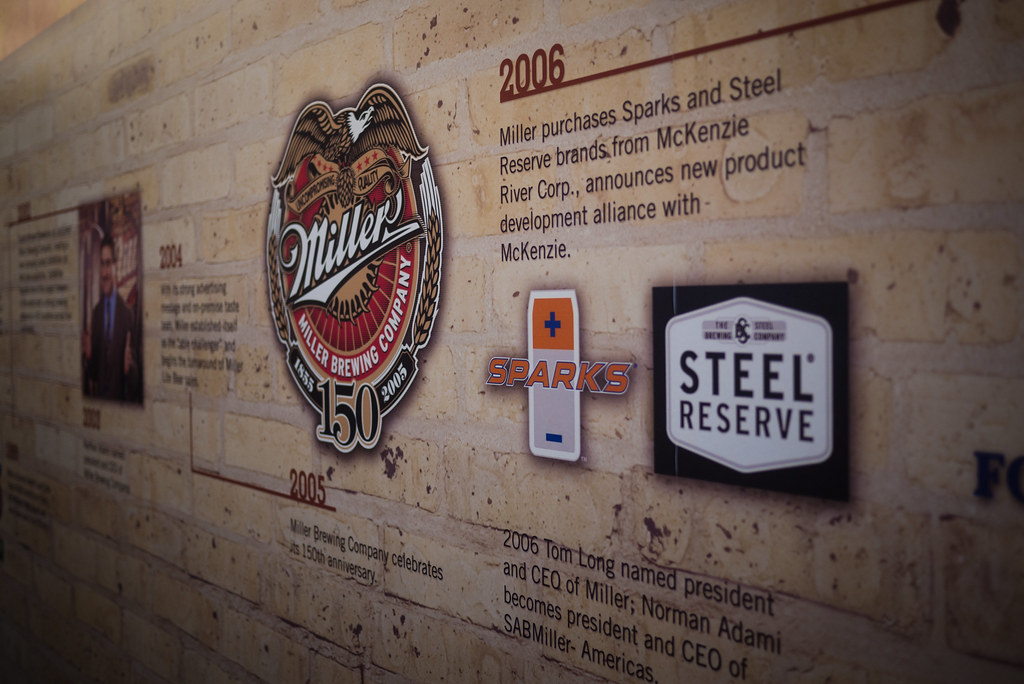

“What’s that? You want to see the brewery? Sorry, you have to watch this 12-minute video production made by someone’s 6th-grade nephew and written by a hack PR intern first. After all, we have a sustainability story to shove down your throats.”
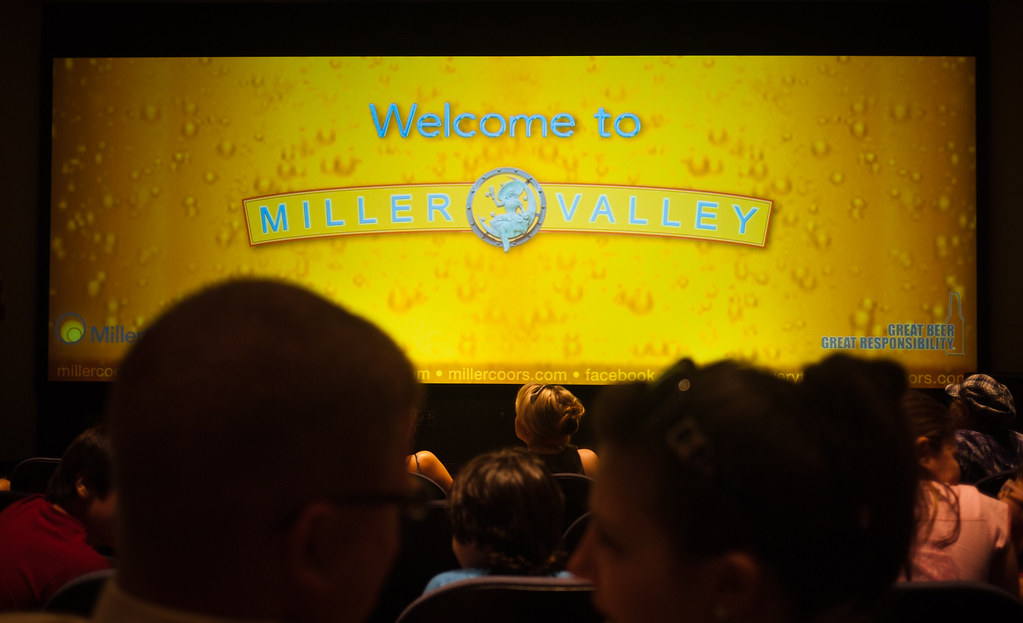
I seriously thought Miller was going to be the Disneyland of brewery tours. After all, they’re the second largest brewer in the world behind only Anheuser-Busch. Miller also has a strong history in Milwaukee, having been a core part of the regional economy since the 1850s. I was at least hoping for some Midwestern pride. Instead, I was trapped watching video about water use and stock footage of people picking up trash by a river.
Surely, once we arrived at the bottling and packaging facilities, we’d get a peek at the real deal. Somebody show me a beer factory already.
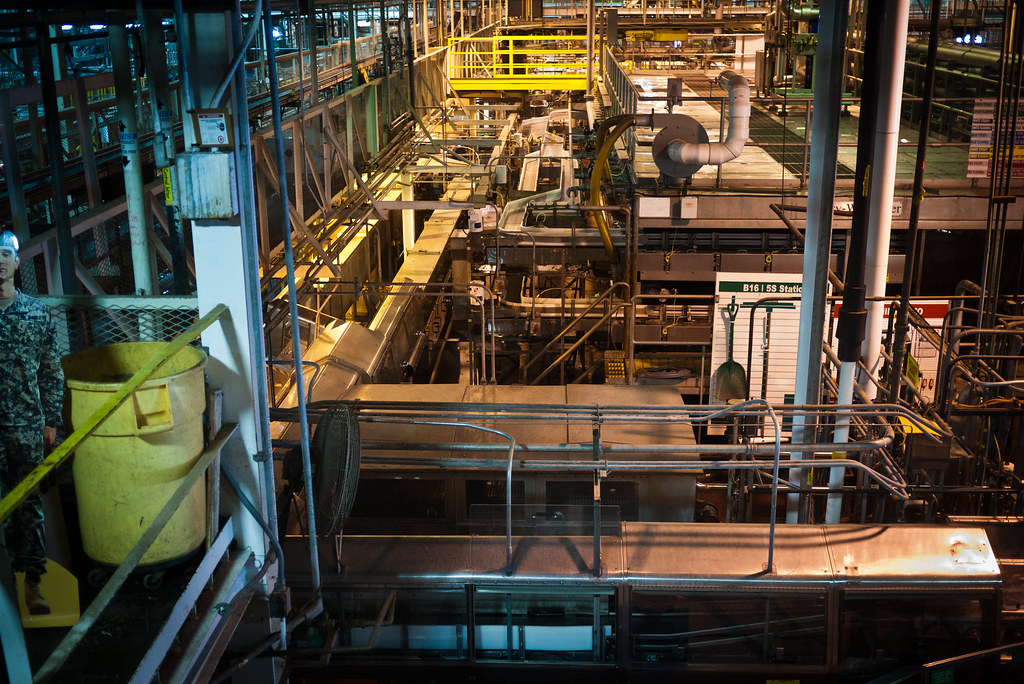
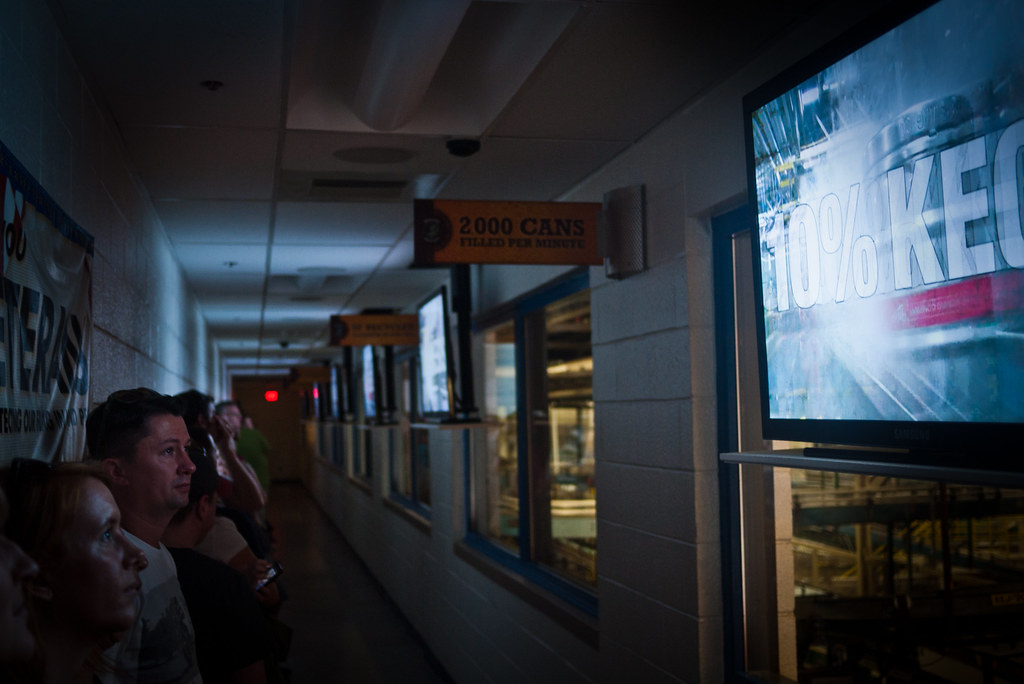
Unfortunately, the plant was quiet due to the maintenance schedule. But rather than take anyone down to the floor and explain how these machines handle hundreds of thousands of bottles of Miller Lite a day, we were baited-and-switched. Like salt to a wound, our apathetic, college-intern “tour guides” dropped TVs from the ceiling, directly placing them in front of the windows overlooking the factory floor. And after a couple minutes of mind-blowing slow-mos of bottle injection footage, it was time to hear about their waste water program and sustainability practices again.
Shipping got interesting for a second. We stood at the end of a stock room, over 5 football fields in total area, that was stocked to the hilt with some of America’s most adequate beers and Europe’s most unsung imports. Where’s all this beer headed? “Over 60% will go to Chicago every week” said our guide. “Alright, now everybody through the next doorway to your left.”

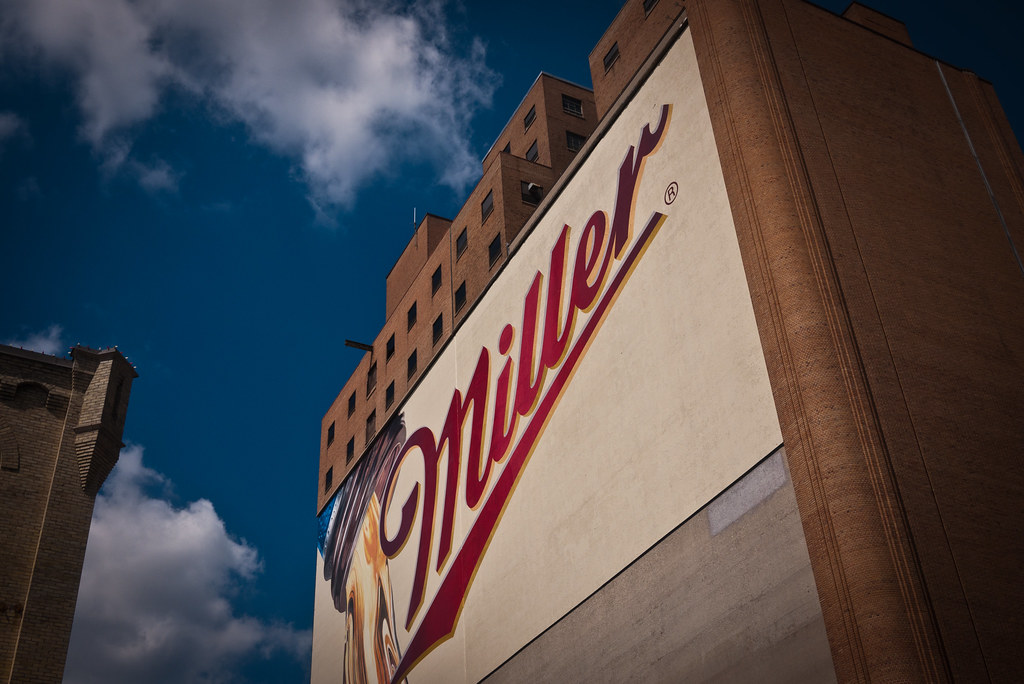
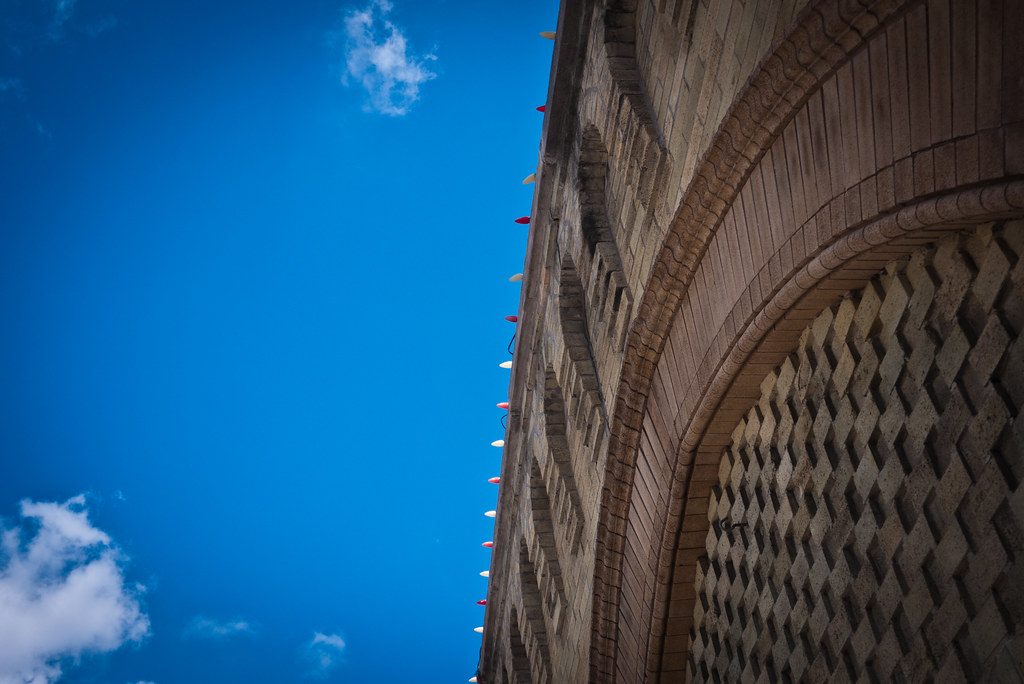
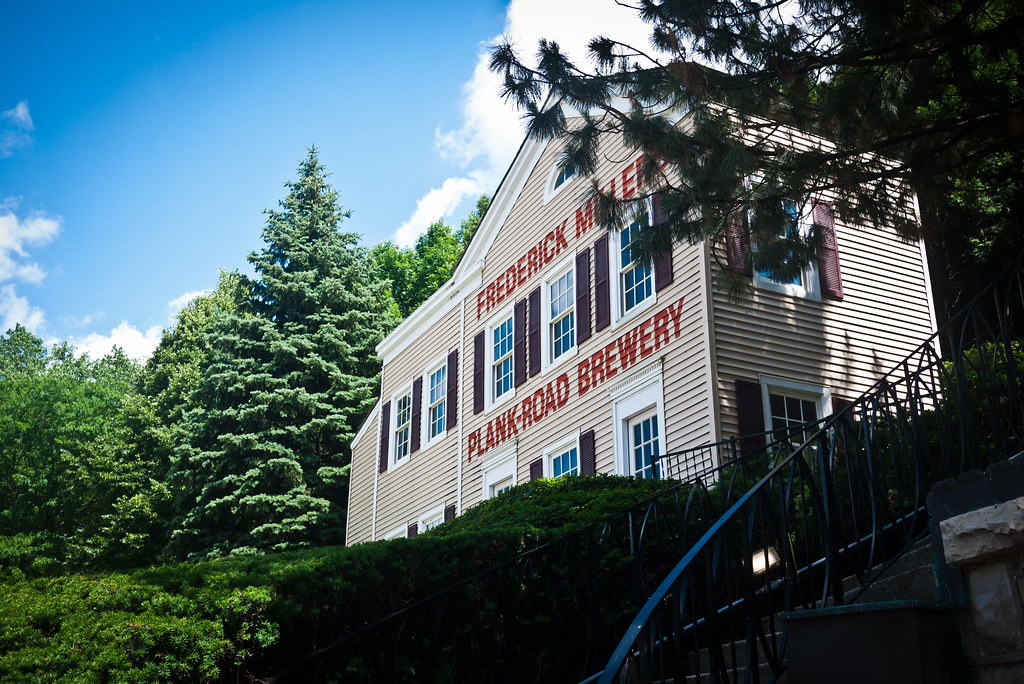
The older buildings and the beer caves are by far the most interesting aspect of the tour. It’s hard to imagine that this smallish storage facility was built by hand and packed with ice from Lake Michigan, and still managed to serve most of the surrounding area at “Miller Time” (perhaps the most apocryphal element of Miller’s history).
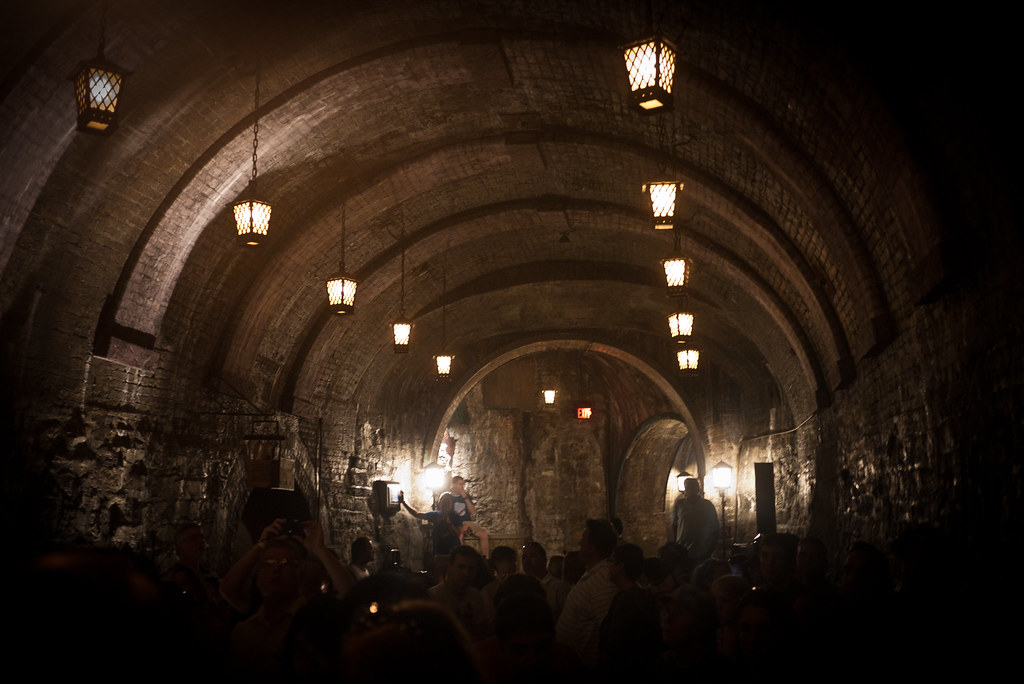

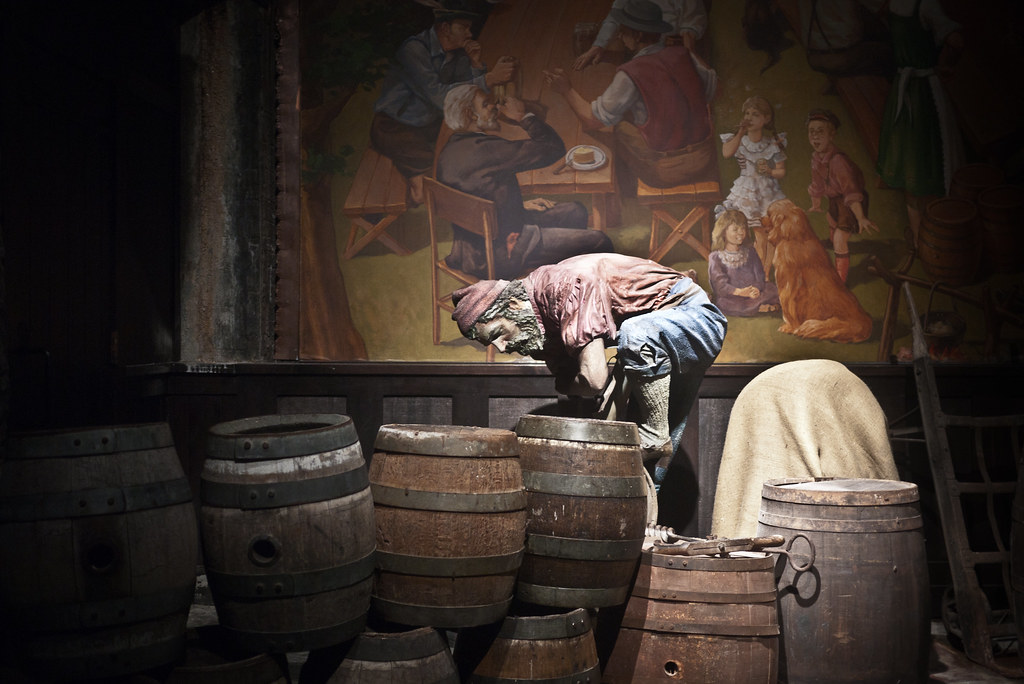
Inside the cave are a series of primitive-looking wood carvings in miniature, exhibiting the entire brewing process. The little vignettes give the viewer a great sense of the shear labor involved in the daily lives of brewing, ice carving, coopering and delivery of a simple beer.



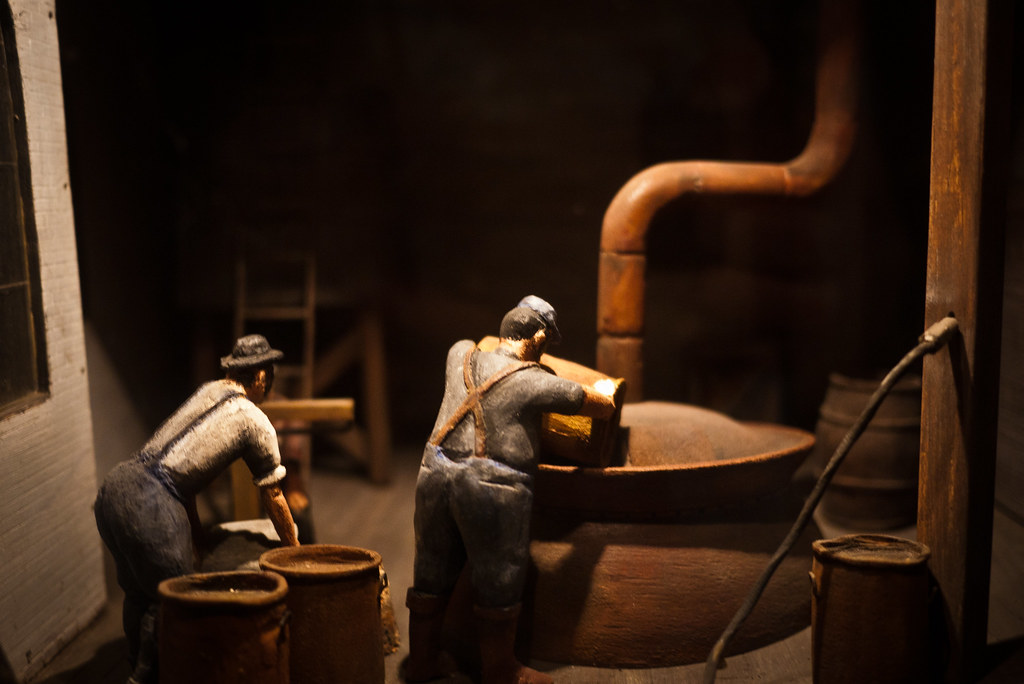
At the end of the tour, the on-premise pub serves a lovely flute of their “flagship” beer, Miller Lite. It’s probably the best-tasting Miller Lite you’ll ever have in your life, which of course isn’t saying much. But with our tour guides eager to take a smoke break we didn’t get much time to savor it. “We have 5 minutes before we head across the street for the end of the tour. 5 minutes everybody!”
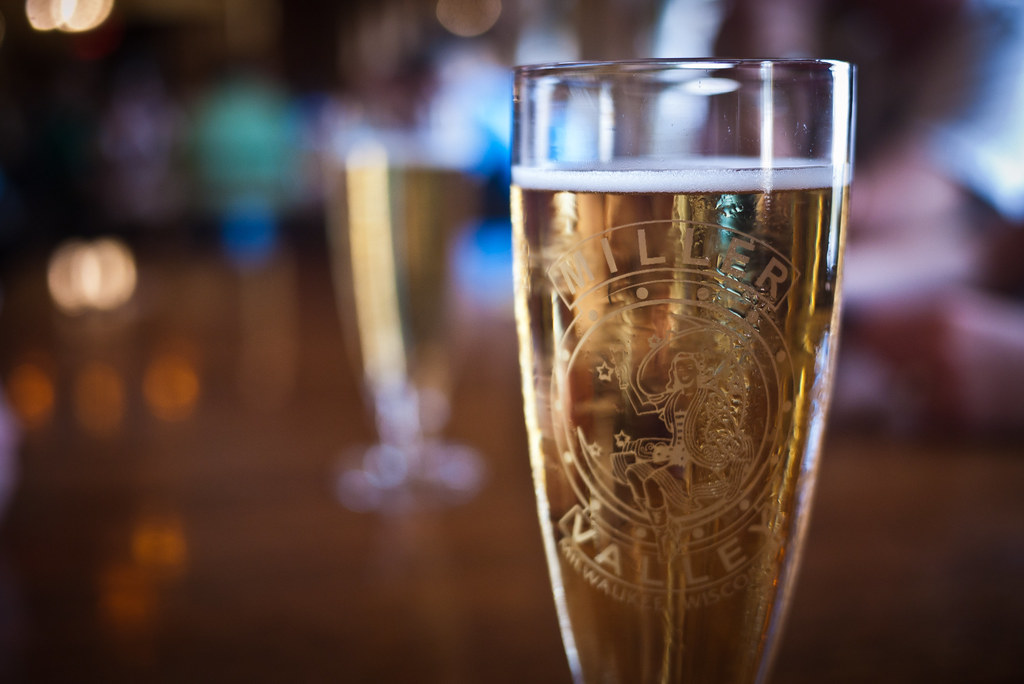
As a short extension to the main tour, I hiked up the 5 stories to the top of the main brew kettles in a building across the street. With only a stairwell to get there, they wisely make this jog optional. At the top, I was exposed to a boggling concept — the top of the kettle I was standing over was 5 stories tall. The entire building I was in was just a brick and mortar wrapper.
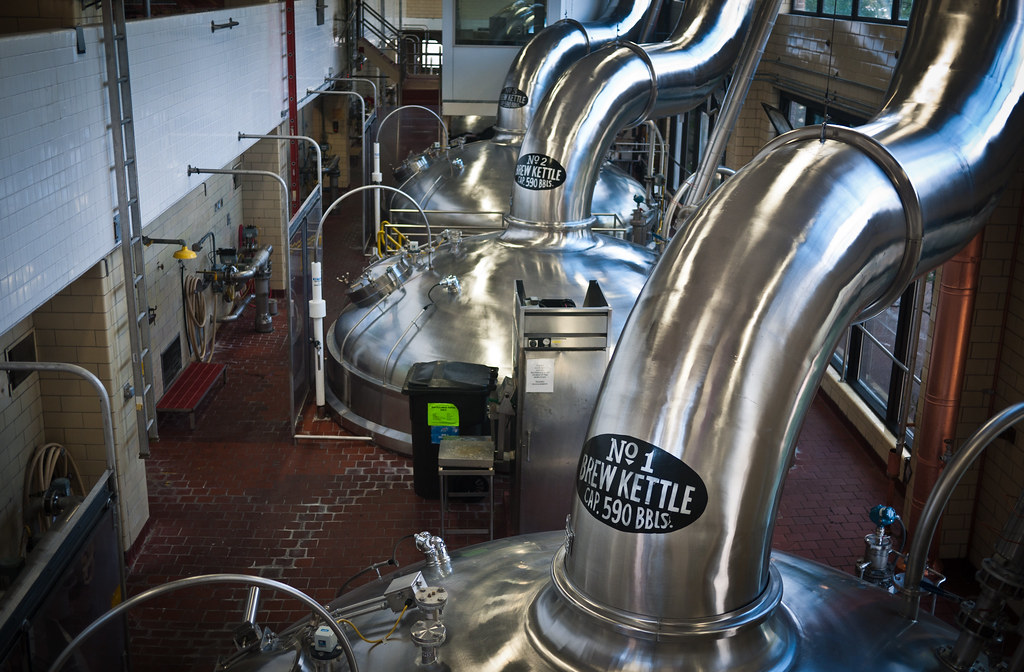
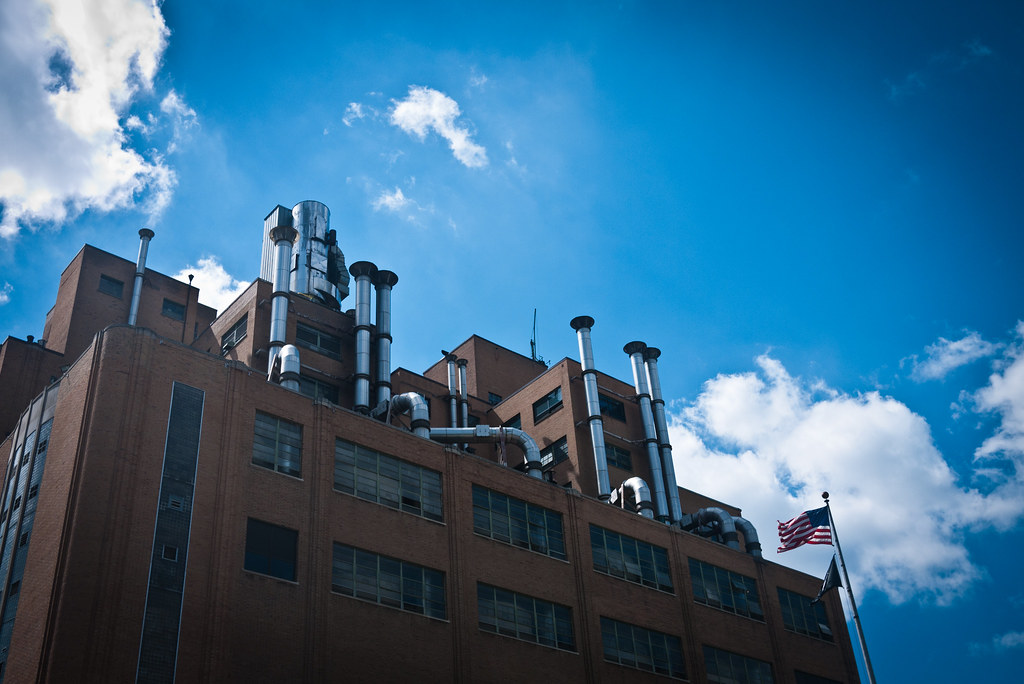
I contemplated this shocking revelation back on solid ground with a couple of High Lifes at the sample bar below. Alongside my favorite slumming-it beer, the bar also offered the inferior Miller Lite and the offensive Leinie’s Summer Shandy to the glistening July 4th crowd.
I felt conflicted about my visit. The scale of the production and ingenuity inherently involved with such a scale was impressive. And the variety of architecture speaks to some of Milwaukee’s greatest industrial periods. But as I sat there taking it all in, I was pestered by even more bored, yet impatient teenagers hawking plastic keychain photo souvenirs. Seriously, who’s paying attention to this shit?
 Michael Kiser
Michael Kiser







